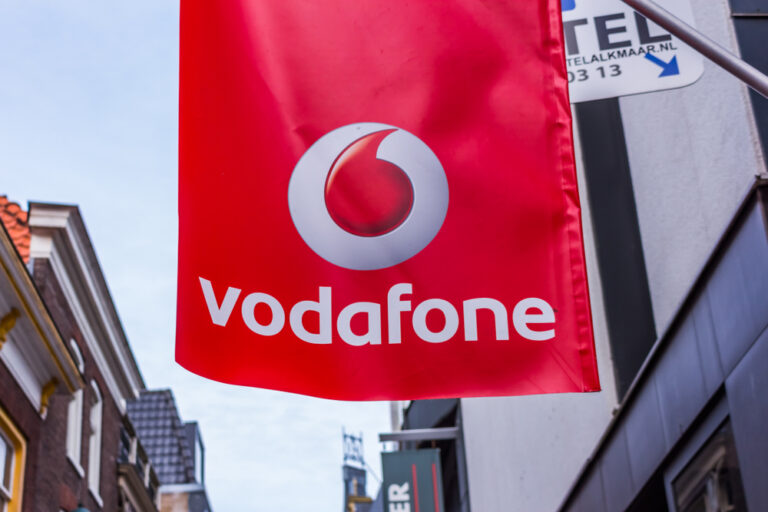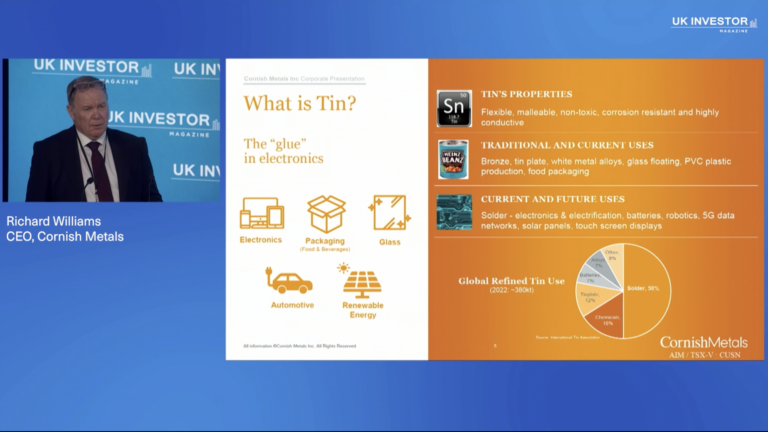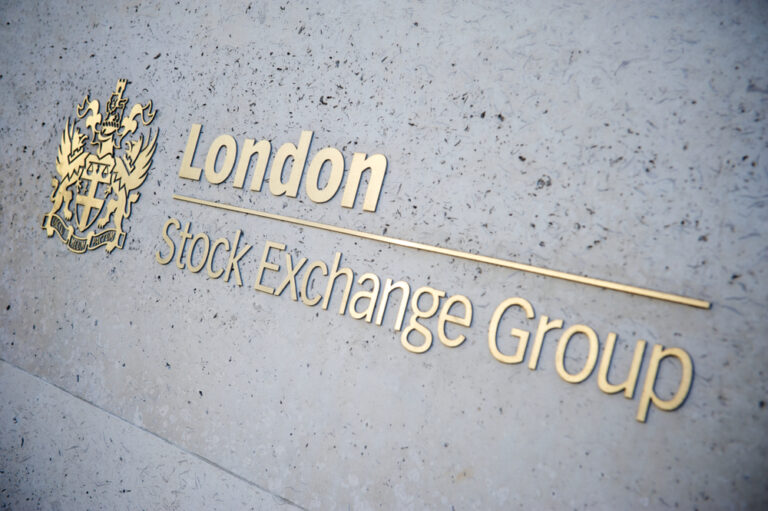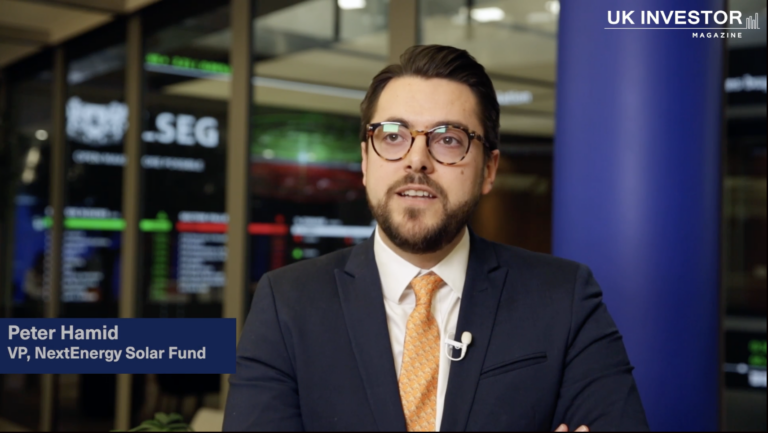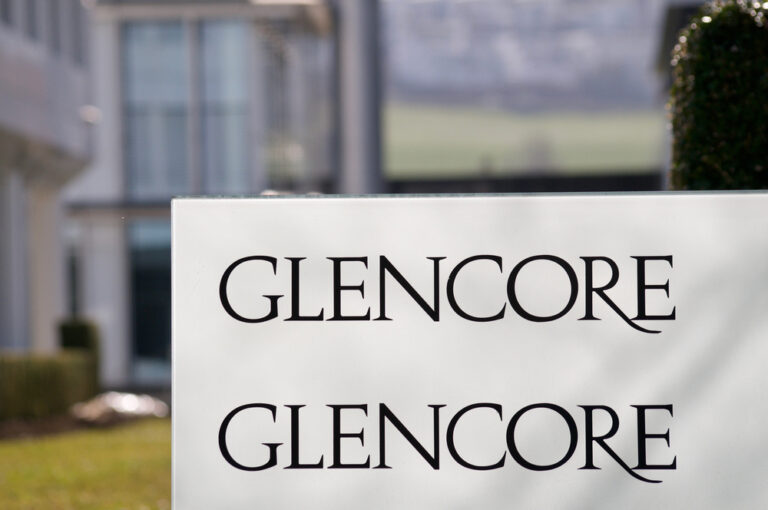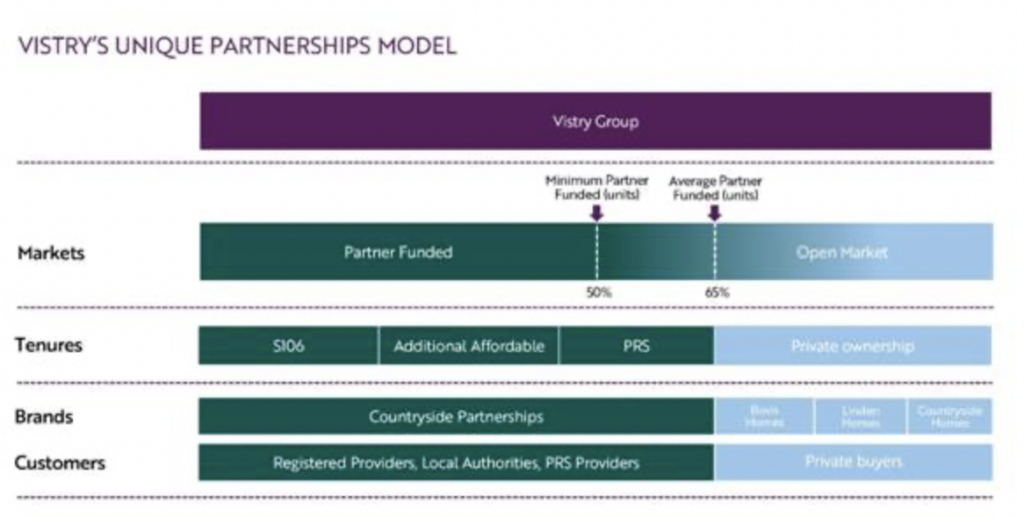Pruksa Iamthongthong and James Thom, co-managers of Asia Dragon Trust plc
Asia is rich with growth stories: from Indonesia, where resource wealth is driving a consumer boom, to Vietnam, where foreign direct investment is an engine for change, to India, where sound economic management and innovation are creating new opportunities. But in 2023, investors focused on a single story – China.
Asian markets looked lacklustre compared to broader global markets in 2023, where the MSC Asia including Japan was roughly flat in GBP terms and China was down 16%. China remained wildly unpopular, mired in domestic weakness and hit by geopolitical tensions.
The Asia Dragon portfolio leans in to the diversity of the region, gravitating to its highest quality companies aiming to side-step its bear traps. In the year ahead, Asia’s other stories may start to get more attention from investors, even if China’s trajectory remains difficult to predict.
Technology
The revival of the semiconductor industry has become an important theme for the trust. The world is ending a period of de-stocking and entering a period of restocking, which is creating broad demand for semiconductors. Deloitte is predicting global sales of US$588 billion in 2024, 13% better than 2023[1], fuelled by a revival in demand for memory chips and PC/smartphone sales. The largest holdings in the trust are TSMC and Samsung, plus a position in semiconductor supplier ASML.
Data centre growth is also providing a major boost for the sector. Artificial intelligence is every bit as important to the Asian market as it has been in the US market, driving growth in data centres (AI demands significant computing power) and a demand for chips. We have also taken a position in a Taiwanese company called Accton, which makes switches for data centres. Their main customers are the US hyperscalers such as Amazon and Google.
Booming economies
Indonesia has moved from a ‘fragile five’ economy to build a thriving export and consumer economy. Its natural resources have been the catalyst, but our focus has been on the growth in the consumer sector. We hold a small cap dairy company, a Ben & Jerry’s style brand that is building market share. There are also a number of Indonesian banks in the portfolio, which look set to benefit from growing financial inclusion and consumption.
The trust has around 20% in India. Economic growth across India is buoyant with domestic demand and private investment driving growth[2]. However, market pricing increasingly reflects that growth. In particular, there has been a significant rally in small and mid cap companies where valuations now look stretched. We are finding more opportunities in large companies and have added to our holdings in the real estate sector, including Godrej Properties.
We also like proxies for real estate and infrastructure development in India. Cement may be unglamorous, but it is in high demand. For infrastructure, we’ve added an EPC (engineering, procurement, and construction) contractor, which is a beneficiary of the considerable growth in government-funded projects. Another addition has been telco company, Bharti Airtel. The Indian telco sector has been through a significant period of consolidation, which has led to much more favourable dynamics.
There are also plenty of idiosyncratic opportunities across the region. Following the combination with the abrdn New Dawn Investment Trust at the end of last year, our investment universe has been widened to incorporate Australasia. The trust has taken advantage of this opportunity for greater geographic diversification by investing in a handful of high quality businesses in this market. One example is Cochlear, an Australia-listed world leading manufacturer of cochlear implants to help with hearing loss. Biotechnology company CSL is a vaccine company, but also has the world’s largest human blood collection network, focused on the US. We also have a small position in Vietnam, which is benefiting from companies moving manufacturing away from China.
China: still plenty of opportunities
This leaves the thorny problem of China. Clearly, there is growth, but it remains unrewarded by the market. Last year’s weakness was almost universal, with only energy and communications services companies doing well. There was some excitement around the state-owned enterprise (SEO) reform agenda announced last year. The government announced a raft of measures designed to make SOEs more profit-oriented and introduce proper incentive plans. We remain very sceptical of this initiative and have very little exposure to SOEs.
The weakness elsewhere has left the genuine growth companies in China looking even cheaper. While there has been some economic weakness, the share price declines have been disproportionate. It is still quite a tough environment, and it is difficult to find a catalyst likely to trigger a rebound in the market.
Our strategy is not to ignore China altogether. There are still plenty of growth opportunities and pockets of innovation. We’ve been focusing on areas with good visibility on earnings and weeding out any companies where there are question marks. However, we recognise its limitations.
The situation in China has distracted investors from the very real opportunities elsewhere in Asia. It is undoubtedly an important growth engine for the region, with its own idiosyncratic growth opportunities, but the region has plenty to offer with or without China. It taps in to many of the world’s growth stories, from AI and the energy transition, to supply chain re-engineering. These fundamentals are increasingly overlooked, but we hope investors will start to look beyond China’s problems to the broader Asian growth story in the year ahead.
Companies selected for illustrative purposes only to demonstrate the investment management style described herein and not as an investment recommendation or indication of future performance.
Important information
Risk factors you should consider prior to investing:
- The value of investments, and the income from them, can go down as well as up and investors may get back less than the amount invested.
- Past performance is not a guide to future results.
- Investment in the Company may not be appropriate for investors who plan to withdraw their money within 5 years.
- The Company may borrow to finance further investment (gearing). The use of gearing is likely to lead to volatility in the Net Asset Value (NAV) meaning that any movement in the value of the company’s assets will result in a magnified movement in the NAV.
- The Company may accumulate investment positions which represent more than normal trading volumes which may make it difficult to realise investments and may lead to volatility in the market price of the Company’s shares.
- Movements in exchange rates will impact on both the level of income received and the capital value of your investment.
- There is no guarantee that the market price of the Company’s shares will fully reflect their underlying Net Asset Value.
- As with all stock exchange investments the value of the Company’s shares purchased will immediately fall by the difference between the buying and selling prices, the bid-offer spread. If trading volumes fall, the bid-offer spread can widen.
- The Company invests in emerging markets which tend to be more volatile than mature markets and the value of your investment could move sharply up or down.
- Yields are estimated figures and may fluctuate, there are no guarantees that future dividends will match or exceed historic dividends and certain investors may be subject to further tax on dividends.
Other important information:
Issued by abrdn Fund Managers Limited, registered in England and Wales (740118) at 280 Bishopsgate, London EC2M 4AG. abrdn Investments Limited, registered in Scotland (No. 108419), 10 Queen’s Terrace, Aberdeen AB10 1XL. Both companies are authorised and regulated by the Financial Conduct Authority in the UK.
Find out more at www.asiadragontrust.co.uk or by registering for updates. You can also follow us on social media: X and LinkedIn.

